What is pancreatitis
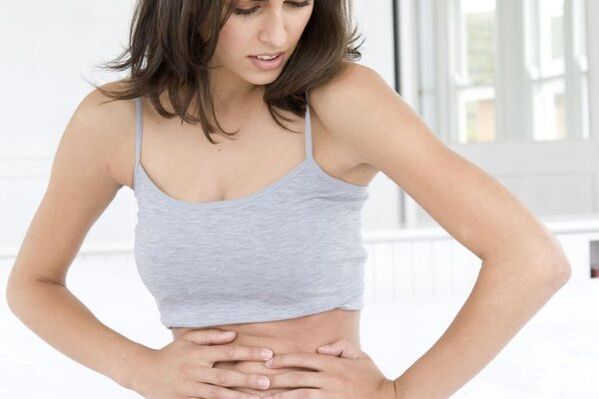
- viruses and bacteria;
- fungal infection;
- Pancreatic damage;
- helminth infection;
- infectious diseases;
- Surgical treatment;
- Disease of the gallbladder or its ducts;
- Taking certain medications (diuretics, estrogen, etc. ).
Which foods treat pancreatitis and which foods don’t?
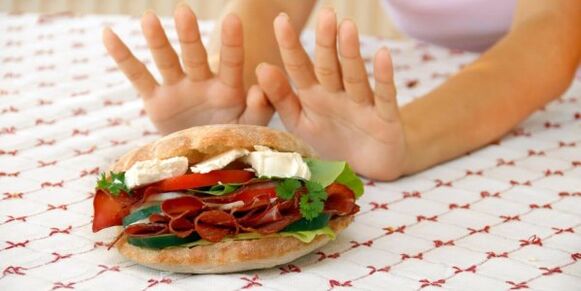
Authorized products
- Bread or buns made from high-quality wheat flour (fresh bread is not recommended, yesterday's bread is better), crackers, unsalted crackers.
- The first course is zucchini, pumpkin, potatoes and other vegetables. Vegetables can be additionally pureed, and grains can be boiled until pureed.
- Meat. Suitable for all dietary species: rabbit, chicken or turkey. Before cooking, remove the skin from the meat, cut off all skin and tendons, and boil. The meat is then ground into small pieces or ground into a pâté.
- fish. The best are leaner varieties such as haddock, cod, cod. You can cook fish soup or cutlets, pate, aspic.
- Porridge, the most common cereals, is cooked until thick. Prepare porridge or casserole with skim milk or water.
- Milk, fermented baked milk, Varenets, cottage cheese and other similar products with low or zero fat content.
- Cook omelets in a frying pan without the oil from fresh chicken or quail eggs - no more than 2 times a week.
- Vegetables – Bake, boil, grill or steam without oil.
- Fruit – Any natural or baked fruit that won’t irritate your stomach.
- Unheated oil can be added sparingly to prepared dishes (butter or any vegetable oil can be used).
- Liquids - still mineral water, weak brewed tea, preserves, natural juices diluted half with water, infusions of herbs with anti-inflammatory properties.
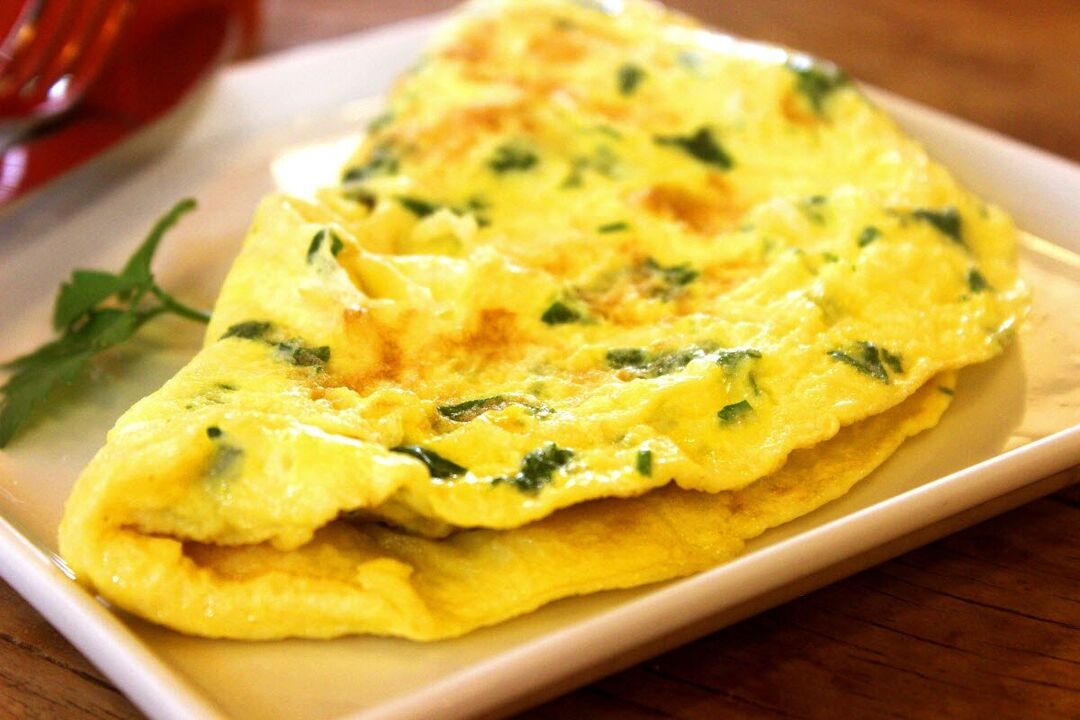
Disable product
- You should avoid sausages, fried meats and dishes made from them, thick meats, mushrooms and fish soups.
- Avoid cakes, pastries, waffles, and pastries during an exacerbation.
- Avoid fatty, salted or smoked fish and canned fish.
- Cheese and sour cream should also be avoided.
- It is not recommended to use coarse and indigestible grains such as pearl barley and barley.
- Do not eat any food fried or stewed in oil.
- Vegetables such as daikon, turnip, daikon, radish, cabbage, peppers, onions, and garlic can aggravate the condition.
- Ice cream, dark chocolate, preserves or jams, figs, dried apricots, dates, plums and other similar products should be forgotten during illness.
- It is not acceptable to eat dishes that contain spicy seasonings, artificial colors or MSG.
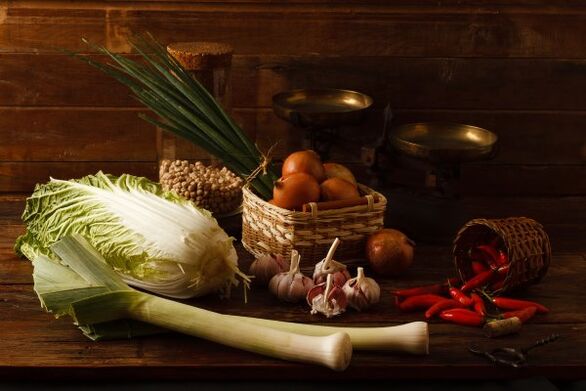
Use of spices, herbs and seasonings
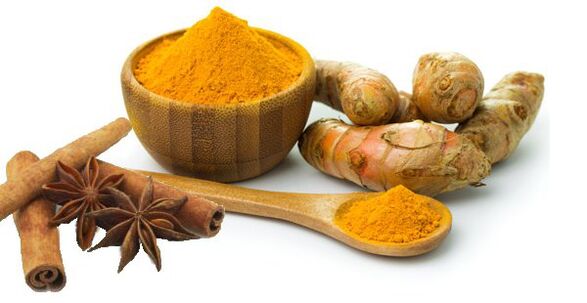
Turmeric and cinnamon are good for pancreatitis and help support the body.
Pancreatitis Diet Duration

- vegetable stock soup;
- Thick, slightly sweet porridge pureed;
- steamed vegetable and egg white omelets;
- Not very strong tea, rose hips and dried fruit preserves;
- Freshly squeezed juice is diluted half with water.
Consequences of poor diet
- jaundice due to stagnation of bile;
- Perforation and bleeding may occur;
- Gastric ulcer is highly likely;
- Esophageal disease often occurs;
- Risk of developing hepatic hypertension;
- Thrombosis of the portal vein or splenic vein;
- The likelihood of pleurisy is high;
- duodenal diseases;
- pancreatic tumors;
- Risk of diabetes.

Approximate dietary menu for pancreatitis: recipes
cream soup
- Processed cheese for soup – 1 piece.
- Head of broccoli – 200 g
- Chicken breast – 150 g
- Carrots – 100 g
- Crackers – 1 tbsp. lake
- Add salt to taste
fish salad
- 1 tbsp. lake green beans
- 1 tbsp. Lake Boiled Carrots
- 1 tbsp. lake low fat cheese
- Marine fish fillet – 60 g
- Boiled potatoes – 30 g
- Boiled beets – 30 g
Cheese and Vermicelli Diet Casserole
- Fan – 1 cup
- Milk - half cup
- Cheese - half cup
- Fresh eggs – 1
- Sugar – 1-2 tbsp. lake
- Salt – 0. 5 tsp.
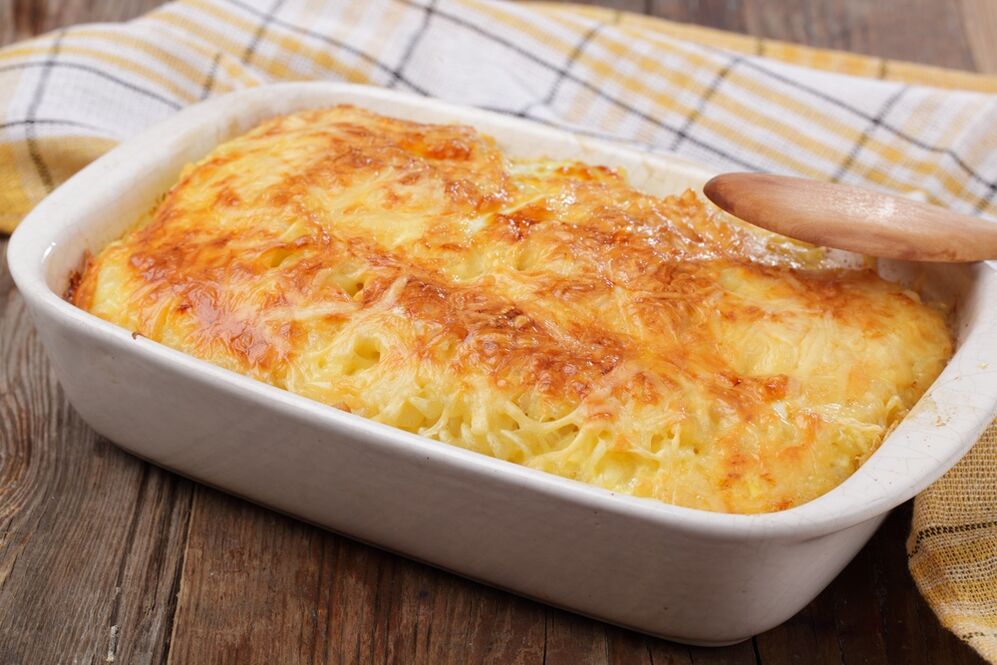
Cereal Pumpkin Porridge
- Boiled pumpkin – 300 g
- Cooked rice – 300 g
- Milk – 200 g
- Sugar – 5 tsp.
- Salt – 1 tsp.
fruit cake
- Banana – 2
- Peaches – 2 pcs.
- Apples – 2 pcs.
- Berries - a handful
- Yogurt – 200 g
- cookie
- gelatin
Nutritional characteristics
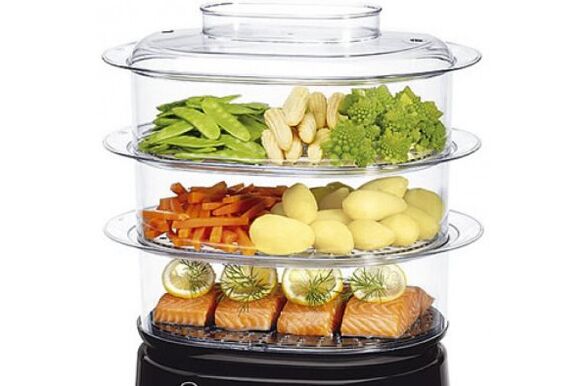
You should not drink alcohol with your meals.
symptoms of pancreatitis

- Disturbed bowel movements;
- Want to vomit;
- high fever;
- stomachache;
- Pain in the waistband;
- stomachache;
- abdominal swelling;
- nausea or vomiting;
- Sudden weight loss;
- hot;
- Weak and powerless.
















































































